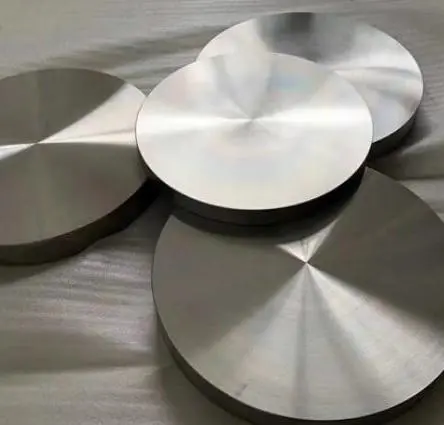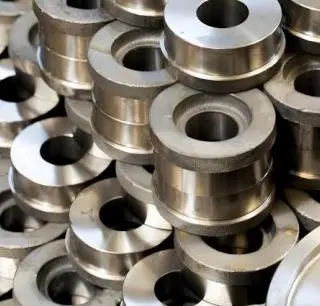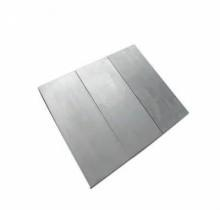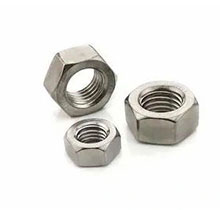In the realm of advanced materials, titanium stands out for its remarkable combination of strength, light weight, and corrosion resistance. However, not all titanium is created equal. The market offers a range of titanium grades, each tailored to specific applications, from industrial piping to cutting-edge aerospace components. Understanding these grades is key to selecting the right material for the job.
Pure Titanium Grades: Versatility in Simplicity
Commercially pure titanium, designated as grades 1 through 4, is valued for its high corrosion resistance and formability, making it ideal for chemical processing, medical devices, and marine applications.
Grade 1, the most ductile and softest, boasts a tensile strength of 240-370 MPa. Its exceptional malleability allows it to be easily welded and formed, making it a top choice for liners in chemical tanks and heat exchangers.
Grade 2, the workhorse of pure titanium, offers a balance of strength (340-550 MPa) and corrosion resistance. It finds widespread use in desalination plants, where its ability to withstand saltwater erosion outperforms many metals.
As purity decreases slightly, grades 3 and 4 gain strength—up to 450-650 MPa for grade 4—while retaining good ductility. These grades are often employed in more demanding industrial settings, such as pressure vessels and aircraft hydraulic systems.
Titanium Alloys: Strength Through Composition
Alloying titanium with elements like aluminum, vanadium, and molybdenum creates materials with enhanced strength, opening doors to high-performance applications.
Grade 5 (Ti-6Al-4V) is the most widely used titanium alloy, accounting for over half of all titanium consumption. In its annealed state, it delivers a tensile strength of 895-965 MPa, which jumps to 1100-1200 MPa when heat-treated (solution treated and aged). This versatility makes it indispensable in aerospace—from airframe components to engine parts—and in medical implants, where its biocompatibility shines.
Other alloys cater to niche needs. Grade 23 (Ti-6Al-4V ELI), with lower iron and oxygen content, offers superior ductility and is favored for critical medical applications like orthopedic implants. Grade 12 (Ti-0.3Mo-0.8Ni) excels in high-temperature environments, such as oil and gas well casings, thanks to its enhanced creep resistance.
Choosing the Right Grade: Key Considerations
Selecting a titanium grade hinges on three primary factors: mechanical properties, environmental resistance, and cost. For applications requiring high strength-to-weight ratios—like aerospace or racing components—alloy grades like 5 are preferable. For corrosion-prone environments, pure grades or specialized alloys like grade 12 are better suited.
Industry experts emphasize the importance of consulting material data sheets and standards (such as ASTM or ISO) to match grades to specific requirements. "Over-specifying a grade can drive up costs unnecessarily, while under-specifying risks performance failures," notes Sarah Chen, a materials engineer at a leading aerospace firm.
As technology advances, new titanium grades continue to emerge, pushing the boundaries of what’s possible. From 3D-printed aerospace parts using grade 5 powder to next-gen medical alloys with improved osseointegration, titanium’s versatility ensures it will remain a cornerstone of modern manufacturing for years to come.
 English
English  日本語
日本語  한국어
한국어  Deutsch
Deutsch  русский
русский  العربية
العربية 






